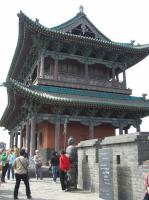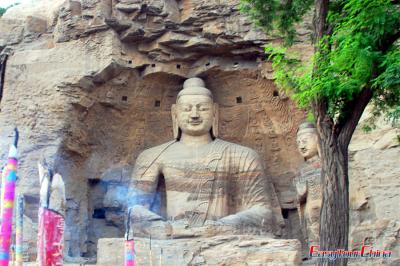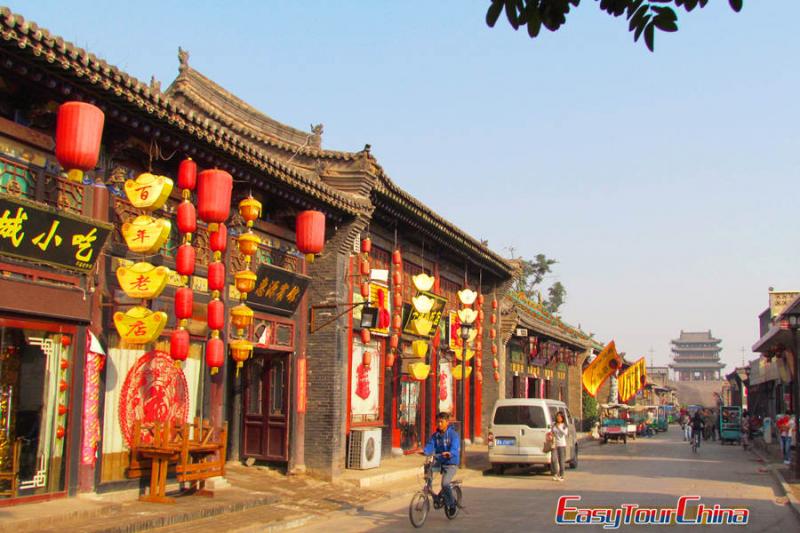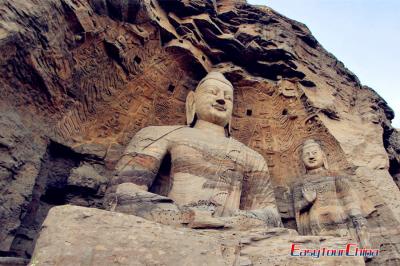Pingyao Old City Wall
First established in the reign of King Xuan (827 - 782 B.C.) of the Western Zhou Dynasty, Pingyao has a history of more than 2700 years. It is a typical town of North China at county level based on the architectural concept and tow planning of ancient Han people. The present city walls were constructed in the 3rd year of the first Emperor Zhu Yuanzhang of Ming Dynasty (1368-1644).
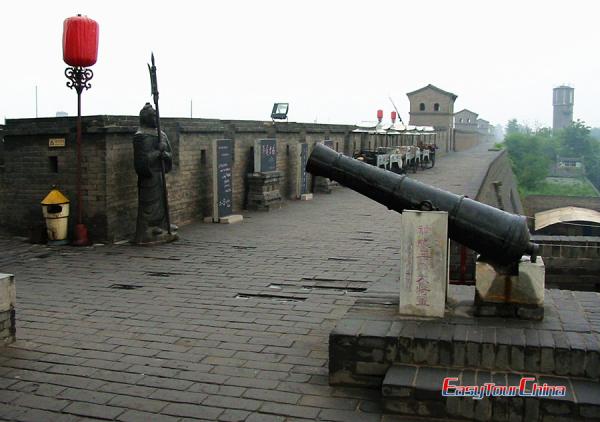 Covering an area of 2.25 square kilometers, the old town has a population of about 45,000. The city wall stretches for about 6 kilometers. The town is protected by a city moat, both three meters in depth and width. Outside the city gate is a drawbridge. The north and south sides have one gate each. The east and west sides have two gates each. This pattern is similar to that of a turtle (the head, tail, and four legs), hence, its nickname "Turtle City". Aside from the four structured towers at the four corners, there are also 72 watchtowers and more than 3,000 battlements.
Covering an area of 2.25 square kilometers, the old town has a population of about 45,000. The city wall stretches for about 6 kilometers. The town is protected by a city moat, both three meters in depth and width. Outside the city gate is a drawbridge. The north and south sides have one gate each. The east and west sides have two gates each. This pattern is similar to that of a turtle (the head, tail, and four legs), hence, its nickname "Turtle City". Aside from the four structured towers at the four corners, there are also 72 watchtowers and more than 3,000 battlements.
Within the city, four big streets and eight small streets radiate to join with 72 lanes. The 3,797 original quadrangle residential houses are all of the same black-colored bricks and gray-colored tiles. Out of the total, over 400 of these courtyard houses are still well preserved. There are also temples of varying size and old-fashioned stores.
In 2004, a small part of the southern walls collapsed, but have been built. However, the rest of the city walls are still intact and are considered among the most well-preserved ancient city walls of this scale.
